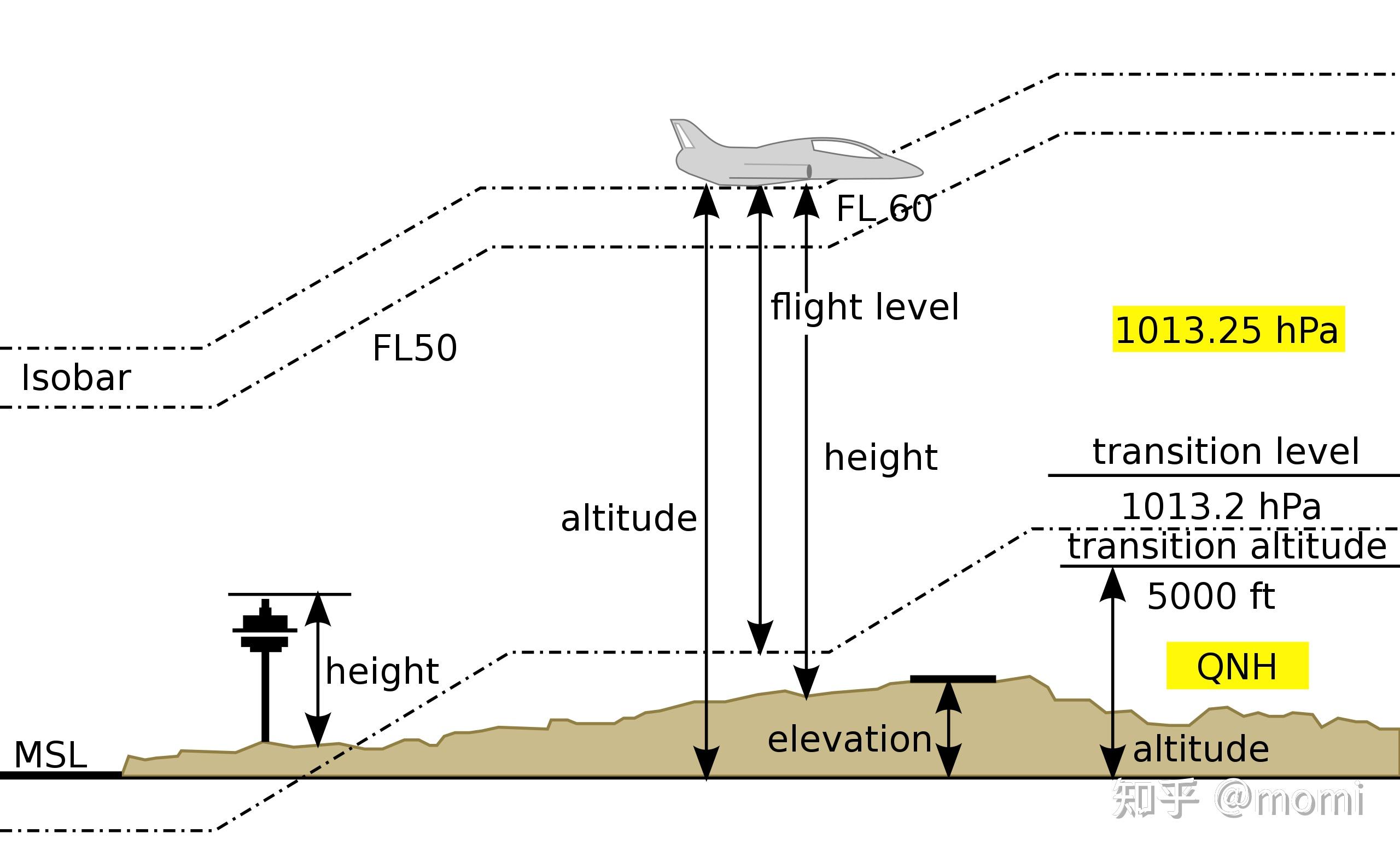This height is optimal for several reasons, balancing safety, fuel efficiency, and the. The main reason that commercial planes prefer to fly at higher altitudes boils down to simple physics: As you climb higher into the atmosphere, the air gets thinner. Most commercial airliners cruise at altitudes between 30,000 and 40,000 feet. Because thats where the air is thinner, reducing drag and allowing for better fuel.
As you climb higher into the atmosphere, the air gets thinner. Most commercial airliners cruise at altitudes between 30,000 and 40,000 feet. Because thats where the air is thinner, reducing drag and allowing for better fuel. Have you ever looked up in the sky and seen an airplane flying miles above your head, leaving a trail behind it? Chances are that aircraft is an incredible 36,000 feet in the air. Why do planes fly at high altitudes? Planes fly at high altitudes to reduce air resistance, increase fuel efficiency, and avoid weather disturbances. The thinner air at higher.
Have you ever looked up in the sky and seen an airplane flying miles above your head, leaving a trail behind it? Chances are that aircraft is an incredible 36,000 feet in the air. Why do planes fly at high altitudes? Planes fly at high altitudes to reduce air resistance, increase fuel efficiency, and avoid weather disturbances. The thinner air at higher.
Why do planes fly at high altitudes? Planes fly at high altitudes to reduce air resistance, increase fuel efficiency, and avoid weather disturbances. The thinner air at higher.
Planes fly at high altitudes to reduce air resistance, increase fuel efficiency, and avoid weather disturbances. The thinner air at higher.
Individualism In The Workplace: This Company Leads The Pack!
The Unexpected Truth About Algae And Decomposition
Beat The System: USU Registration Calendar Hacks
Quick Fix: Cancel Apple Cash In Minutes
The 145 White Pill: Separating Fact From Fiction
